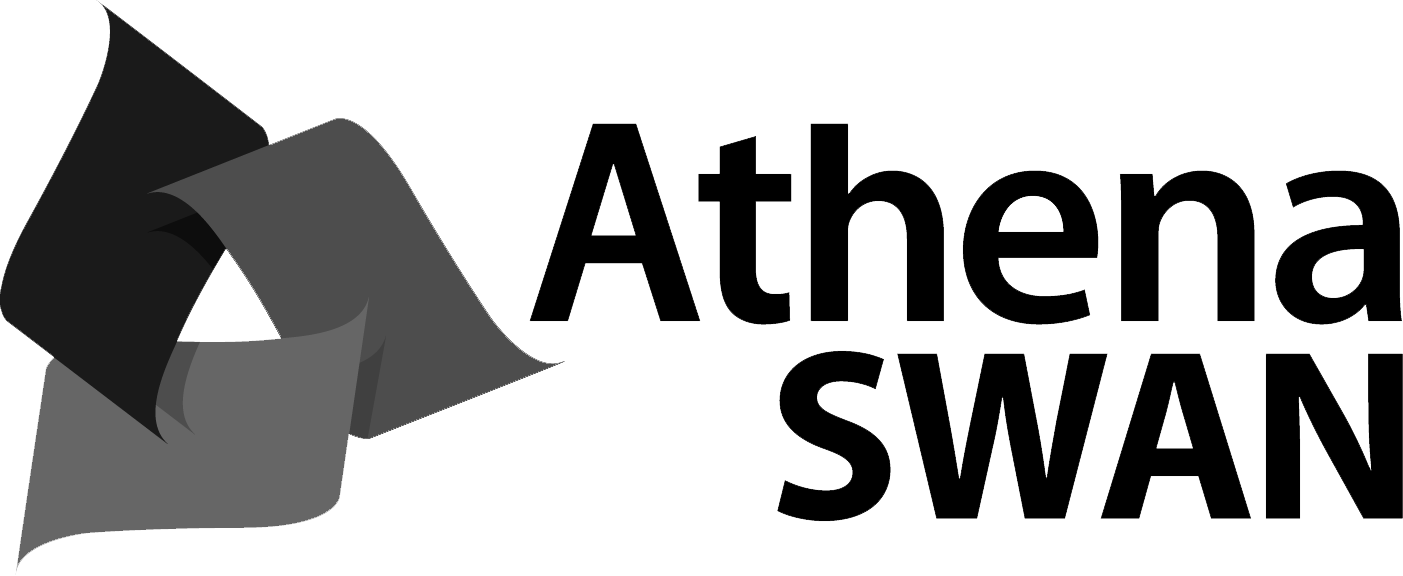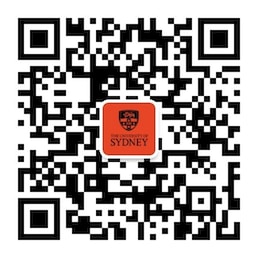This unit discusses the acute responses to exercise with a specific emphasis on the roles of the respiratory and cardiovascular systems in oxygen transport and the significance of sub-maximal and maximal oxygen consumption in the limitations to performance. The concepts of acid-base balance during exercise and of lactate and ventilatory thresholds will be examined. Furthermore, this unit develops an understanding of the specific metabolic response to exercise at the peripheral cellular level and the biochemical strategies that maintain energy balance during exercise and a return to homeostasis in recovery. Students will put theory into practice with laboratory tasks that encourage skill acquisition in the collection of real-time physiological data of the respiratory and cardiovascular response to exercise.
Unit details and rules
| Academic unit | |
|---|---|
| Credit points | 6 |
| Prerequisites
?
|
None |
| Corequisites
?
|
None |
|
Prohibitions
?
|
EXSS2017 or EXSS2019 |
| Assumed knowledge
?
|
BIOS1167 and EXSS1032 |
| Available to study abroad and exchange students | No |
Teaching staff
| Coordinator | Kieron Rooney, kieron.rooney@sydney.edu.au |
|---|---|
| Lecturer(s) | Chin Moi Chow, chin-moi.chow@sydney.edu.au |
| Tutor(s) | Fiona Halar, fiona.halar@sydney.edu.au |
| Sarah Carter, sarah.carter@sydney.edu.au | |
| Kenneth Daniel, kenneth.daniel@sydney.edu.au |





